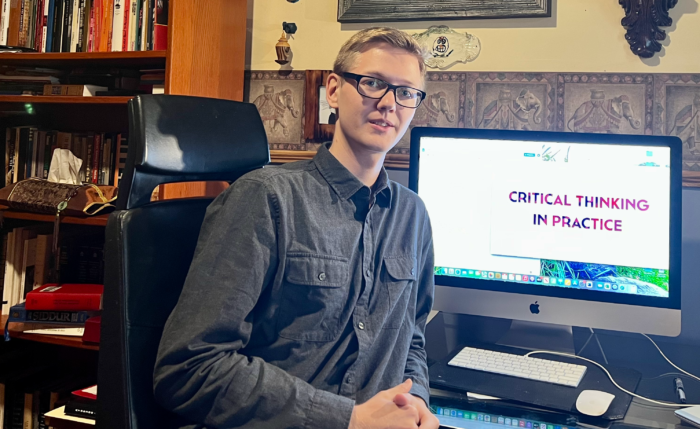Misinformation and Disinformation:
Down the Rabbit Hole
My journey educating the public about hate on the Internet began when searching for weather conditions some 25 years ago during the now legendary Montreal ice storm. The first hit in my search was the notorious website www.stormfront.org. It was then I realized that one did not have to seek out hate-based sites to be induced into a world of lies, bigotry, intolerance, prejudice, and discrimination.
If I, an academically published author, and Holocaust educator could stumble across this snake pit of deceits then where would this ultimately lead.
“Cat: Where are you going?
Alice: Which way should I go?
Cat: That depends on where you are going.
Alice: I don’t know.
Cat: Then it doesn’t matter which way you go.”
Lewis Carroll, Alice in Wonderland
Time appeared to stand still during the Covid pandemic for both the perpetrators of hate and those who did not know where they were going.
This predicated my conviction that I must provide tools for people to analyze what they encountered in the new virtual world. Make no mistake that although many individuals are recruited anonymously on social media the ways and means are the same as those who perpetuate falsehoods in real time such as the earth is flat, the 2020 US Presidential election was stolen, and all Jews are rich.
The following film “Misinformation and Disinformation: Down the Rabbit Hole” provides an understanding of thinking critically about what is fact, what is fiction, and what is propaganda. It was created by myself and the Gedenkdienst interns who individually and collectively have confronted a lie perpetrated by their fellow countrymen-that Austria was the first victim of Nazism.
The historical record demonstrates that Austria, beginning in March of 1938, was an adherent and perpetrator of Nazism.
In the close quarters associated with the Covid pandemic during March 2020, Florian Chen and Benjamin Weingartner, Gedenkdienst interns, focused on addressing the overriding concerns of misinformation and disinformation on social media. Maximilian Staudacher and Leonie Wolfram, 2021 interns, with the assistance of 2018 intern, Boris Angelis, continued to elaborate their response to the rise of scientific skepticism, conspiracy theories, hate, and propaganda producing the following video as a means to counter the aforementioned.
Naomi Kramer
![]()

Feedback from Selwyn House School
“The most valuable part of the experience was that our students got the chance to witness an act of reconciliation by peers not much older than themselves. The Holocaust education service component and sense of responsibility for atrocities in the past and duty to educate to prevent the repetition of such atrocities really impressed our students. They walked away with a clear understanding of misinformation and disinformation, as well as its potential risks. Concrete, real-life examples that were familiar to our students exemplified these risks and their devastating consequences. I’m confident that they will now think more critically about the information they consume and share.”
– Marie-Eve Thériault, Selywn House School
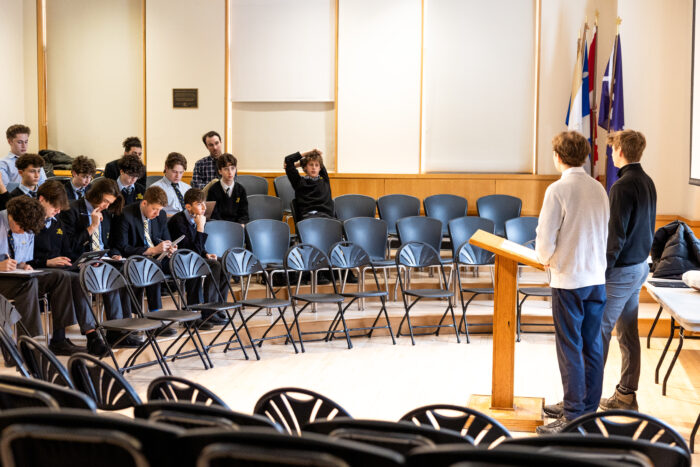
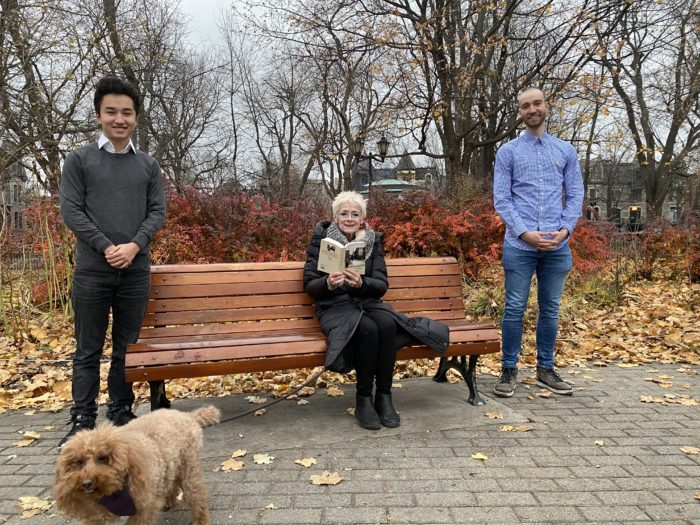
With this film we attempted to address the importance of critical thinking and how to deal with false information on the internet. In the section about the Austrian Service Abroad we want to demonstrate that young people can make a difference and should therefore be encouraged to take action.
– Florian Chen –
I am really grateful that I was given the opportunity to contribute to this project. It was exciting to take part in creating an educational video for others while simultaneously learning so much on the subject myself. One of the most exciting things about it was the interview with a former conspiracy theorist and learning of how he could free himself from the downward spiral of online propaganda by critically questioning his beliefs.
– Benjamin Weingartner –
The video illustrates the process of critical thinking and what can come of the lack of the latter. Working on it was one of the most significant projects during my Gedenkdienst internship in Montreal.
– Maximilian Staudacher –
I’ve learned a lot while working on this film, both technically and with regards to the content. I am happy to be a part of it and hope others can learn from it as well.
– Leonie Wolfram –
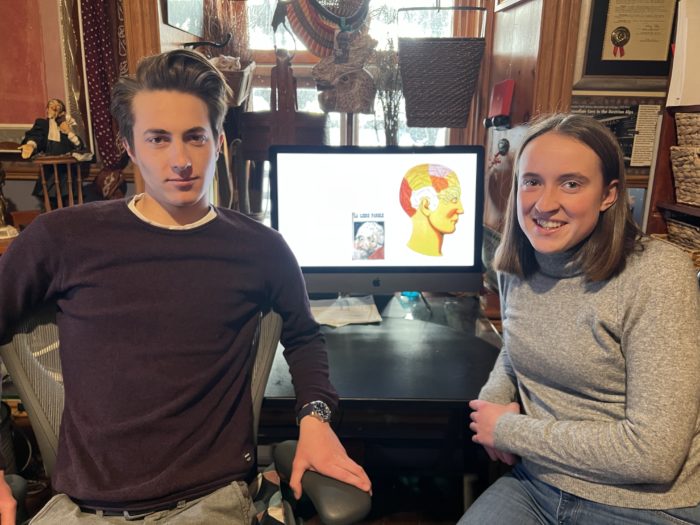
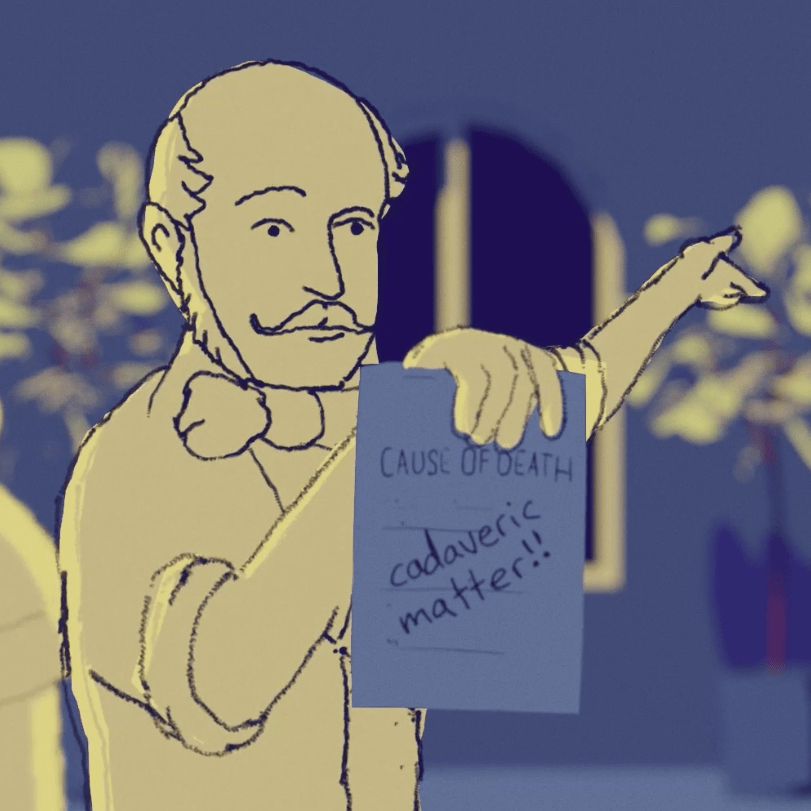
It was a pleasure doing the animation for the critical thinking video for the HEGP Foundation. The style I used was one I always wanted to try out and I’m proud of how well it turned out. Combining 3D environments with 2D characters has been a blast. Animating Semmelweis as the silly little goose that he was brought me lots of joy. I hope our work serves others to better understand the importance of critical thinking.
– Boris Angelis –
I think this video is most relevant and timely in a world of media hysteria, othering, and historical revisionism. I am happy that it includes an example of my country’s attempt to face its own history responsibly as well as definitions of misinformation and disinformation and illustrations of where they can lead.
– Daniel Hackl –
